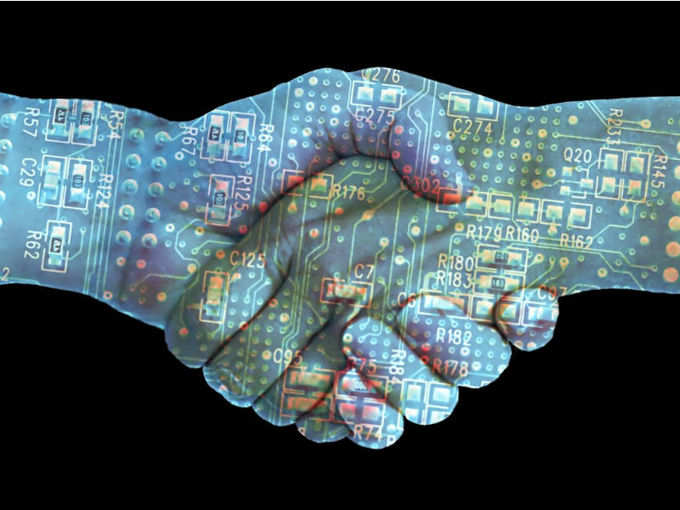 From the beginning, complexity beyond currency and payments was envisioned for
From the beginning, complexity beyond currency and payments was envisioned for A blockchain is an open record of all bitcoin exchanges that have ever been executed. A block is the "present" part of a blockchain which records every exchange, and once finished, goes into the blockchain as static database. Every time a block gets executed, another clock is generated. Blocks are connected to each other in a sequential manner, like a chain, in sequential request with each block containing a hash of the past block. To practice conventional banking, keeping money as a similarity, the blockchain acts as a complete history of managing account exchanges. Bitcoin exchanges are entered sequentially in a blockchain just like the way bank transactions are.
The presumed inventor of the blockchain,
The term blockchain 2.0 serves to distinguish between Bitcoin as an asset and the "blockchain as a programmable dispersed trust infrastructure" all the more generally, with additions of new scalable components of on-chain utility and extensibility. Instead of viewing the blockchain as part of the decentralization of money and payments, blockchain 2.0 grows the scope of the technology to enable the decentralization of markets all the more generally, and the transaction will include different types of assets by giving registers to certificates and rights and obligations in real estate,
As blockchain 2.0 is code the new application is said to keep running on a new set of protocols. A comparison with the protocols of the Internet and its layer of stacks outlines the relation between blockchain 1.0 and blockchain 2.0. The former can be seen as the TCP/IP transport layer, while the latter can seen as HTTP, SMTP and FTP. In this context blockchain 2.0 applications would be likened to browsers, interpersonal organizations and file sharing service